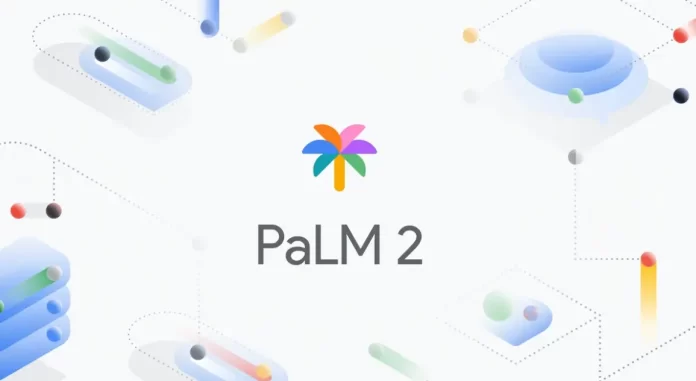At its annual I/O developer conference, Google has announced the launch of its latest large language model (LLM) called PaLM 2. The new model is set to power Google’s updated chat tool, Bard, and serve as the foundation for most of the new AI features the company is unveiling.
PaLM 2: Capabilities Over Size
PaLM 2 is a 540-billion parameter model that was built on Google’s latest JAX and TPU v4 infrastructure. However, unlike its competitors, Google chose not to focus on the size of the model and instead prioritized its capabilities. According to DeepMind VP Zoubin Ghahramani, “the larger is not always better.” Google claims that the new model excels at common sense reasoning, mathematics, and logic.
Improved Support for Coding and Multilingual Tasks
In addition to its language capabilities, PaLM 2 also features improved support for writing and debugging code. The model was trained on 20 programming languages, including popular ones like JavaScript and Python, as well as more niche languages like Prolog, Verilog, and Fortran.
PaLM 2 also sets itself apart from previous models with its multilingual capabilities. The model was trained on a corpus that includes over 100 languages, allowing it to handle more nuanced phrasing than previous models.
The PaLM 2 Family
Google refers to PaLM 2 as a family of models, each tailored for specific use cases. Codey, Google’s specialized model for coding and debugging, is one such model that is built on PaLM 2. Additionally, Google is launching Med-PaLM 2, a model focused on medical knowledge, and Sec-PaLM, a model designed for security use cases. There is also a smaller version of PaLM 2 that can run on smartphones, though Google has not committed to a timeline for its release.
Responsibly Building AI Tools
Google has taken a deliberate approach to launching its AI features, prioritizing responsible and safe development. PaLM 2 is no exception. Though the model has not been tested yet, Google claims that it has been built to handle math puzzles, reason through problems, and even provide diagrams.
Overall, PaLM 2 represents Google’s continued investment in the development of large language models and their potential to advance the capabilities of AI.
Conclusion
In conclusion, the launch of Google’s newest large language model, PaLM 2, at the company’s I/O developer conference marks a significant step forward in the development of AI-powered natural language processing tools. With its focus on improving common sense reasoning, mathematics, logic, and multilingual tasks, PaLM 2 forms the foundation model for most of Google’s new AI features, including its updated Bard chat tool and Codey model for coding and debugging.
While Google has taken a deliberate approach to launching these AI features, the company is also committed to building them responsibly and with safety in mind. As PaLM 2 is made available to developers through Google’s PaLM API, Firebase, and on Colab, it will be interesting to see how it performs in the real world and how it compares to other LLMs on the market.


